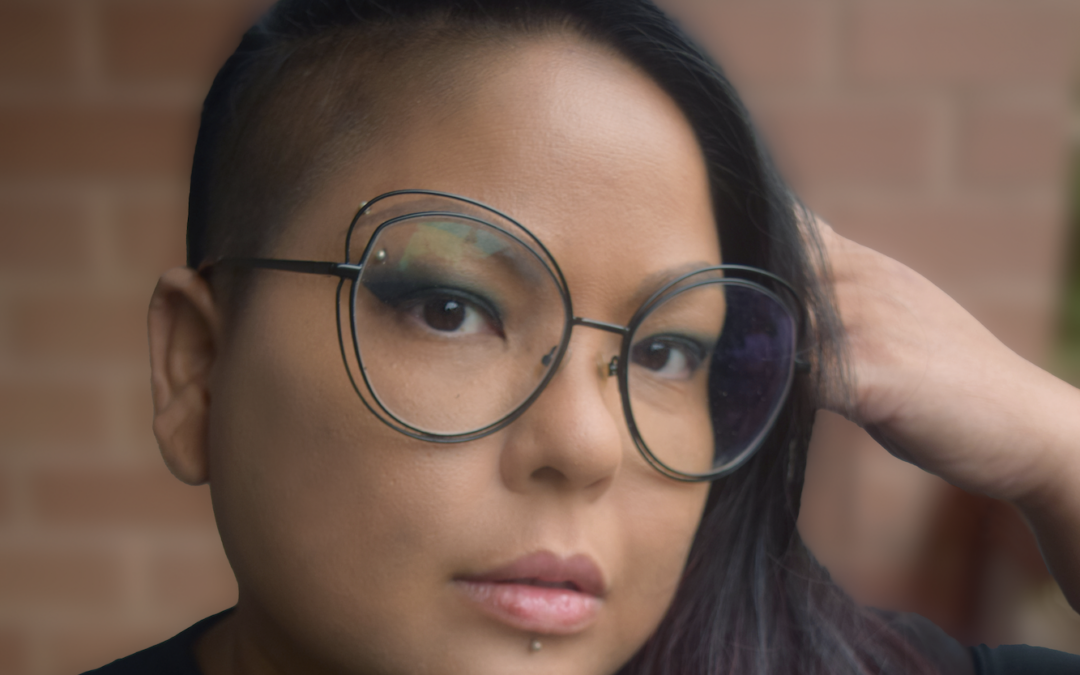
by Michele Kirichanskaya | Sep 25, 2024 | Blog
Tania De Rozario is a writer, artist and the author of four books. Her latest collection, Dinner on Monster Island, (Harper Perennial, 2024), has been described as “sharp and searing” (Ms. Magazine), “unique” (Publishers Weekly), “a book with resonance” (Kirkus...
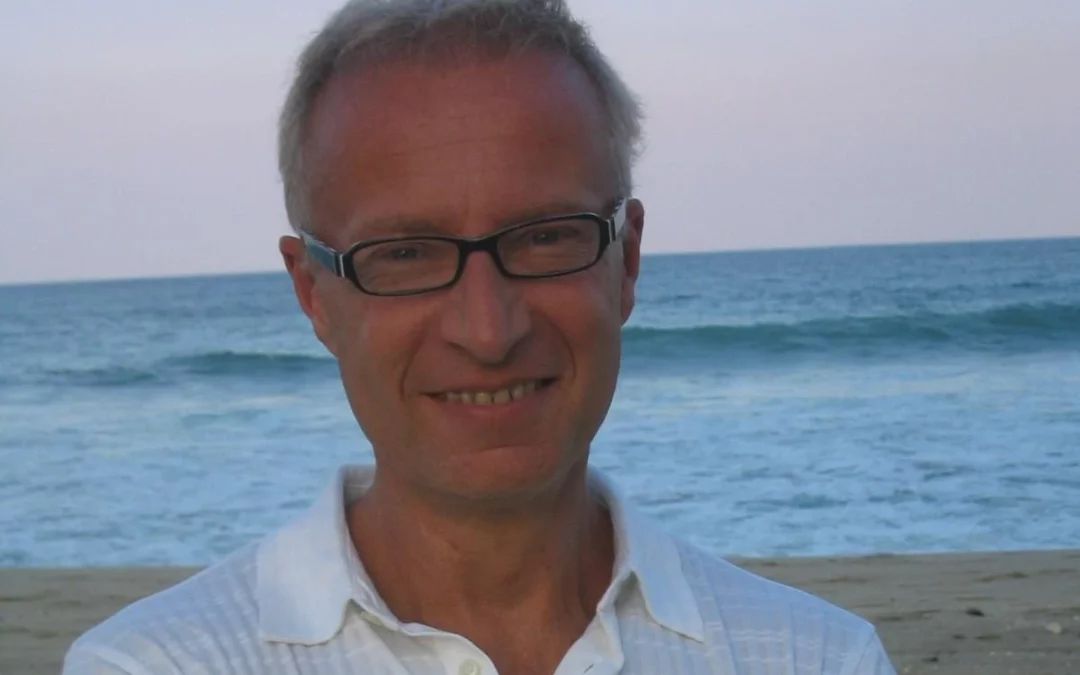
by Michele Kirichanskaya | Sep 20, 2024 | Blog
Henry Cole has written and illustrated more than 150 books for children, including Spot, the Cat; And Tango Makes Three; Oink?; and Little Bo in France. He is also the illustrator of With a Little Help from My Friends by John Lennon and Paul McCartney. A former...
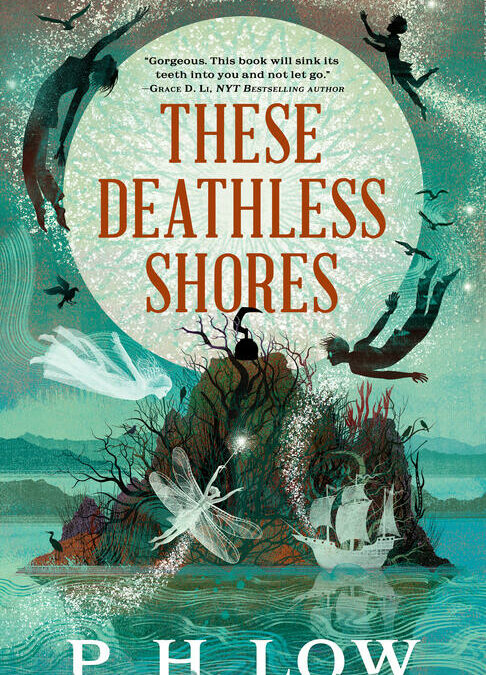
by Michele Kirichanskaya | Sep 18, 2024 | Blog
P. H. Low is a Locus- and Rhysling-nominated Malaysian American writer and poet with work published in Strange Horizons, Fantasy Magazine, Tor.com, and Diabolical Plots, among others. They have a bad habit of moving cities every few years, but can...
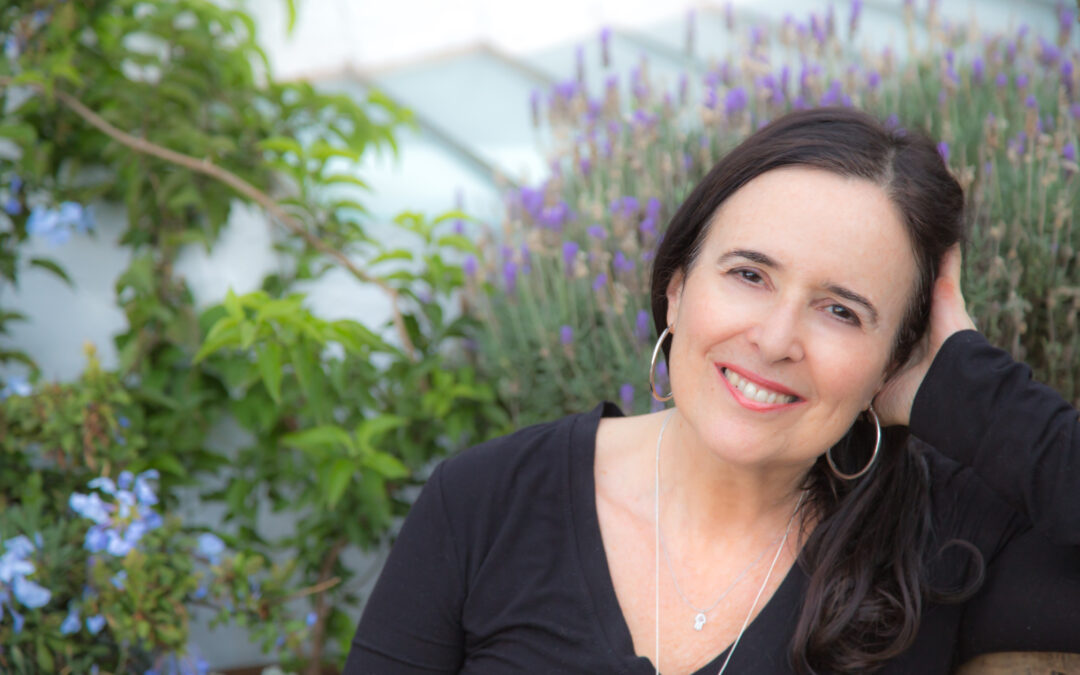
by Michele Kirichanskaya | Sep 13, 2024 | Blog, Featured
Ruth Behar, the Pura Belpré Award-winning author of Lucky Broken Girl and Letters from Cuba, was born in Havana, Cuba, grew up in New York, and has also lived in Spain and Mexico. Her work also includes poetry, memoir, and the acclaimed travel books An Island Called...
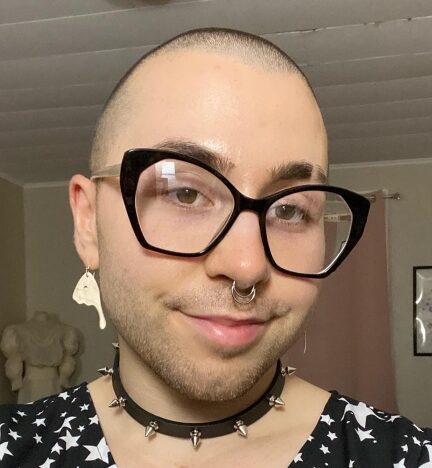
by Michele Kirichanskaya | Sep 11, 2024 | Blog
Robin Gow is a trans and queer poet, editor, and educator from rural Pennsylvania. Their books include Ode to My First Car, A Million Quiet Revolutions, and Blue Blood. They are the supportive services coordinator at Bradbury-Sullivan LGBT Community Center in...
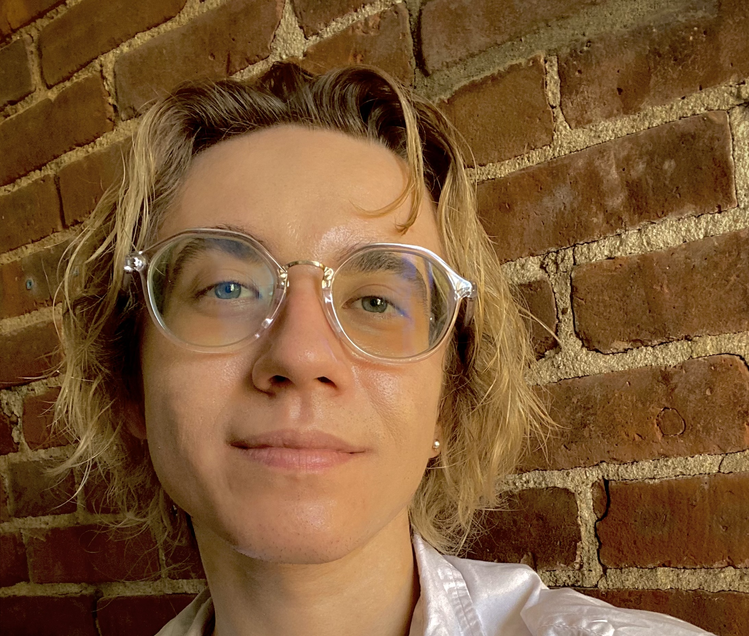
by Michele Kirichanskaya | Sep 7, 2024 | Blog
Page Powars is the author of the forthcoming young adult novels The Borrow a Boyfriend Club and And They Were Roommates. He is based in the New York City area. Outside of writing, Page helps with soundtracks, sobs over The Untamed, and unfortunately plays Genshin...







